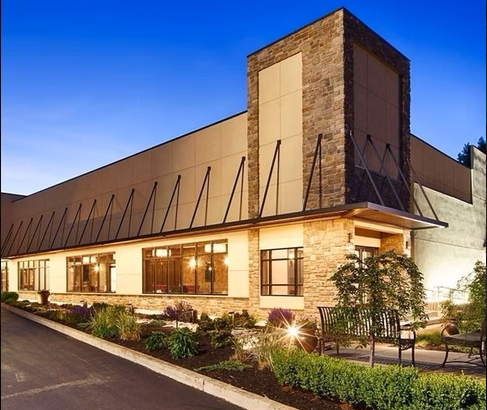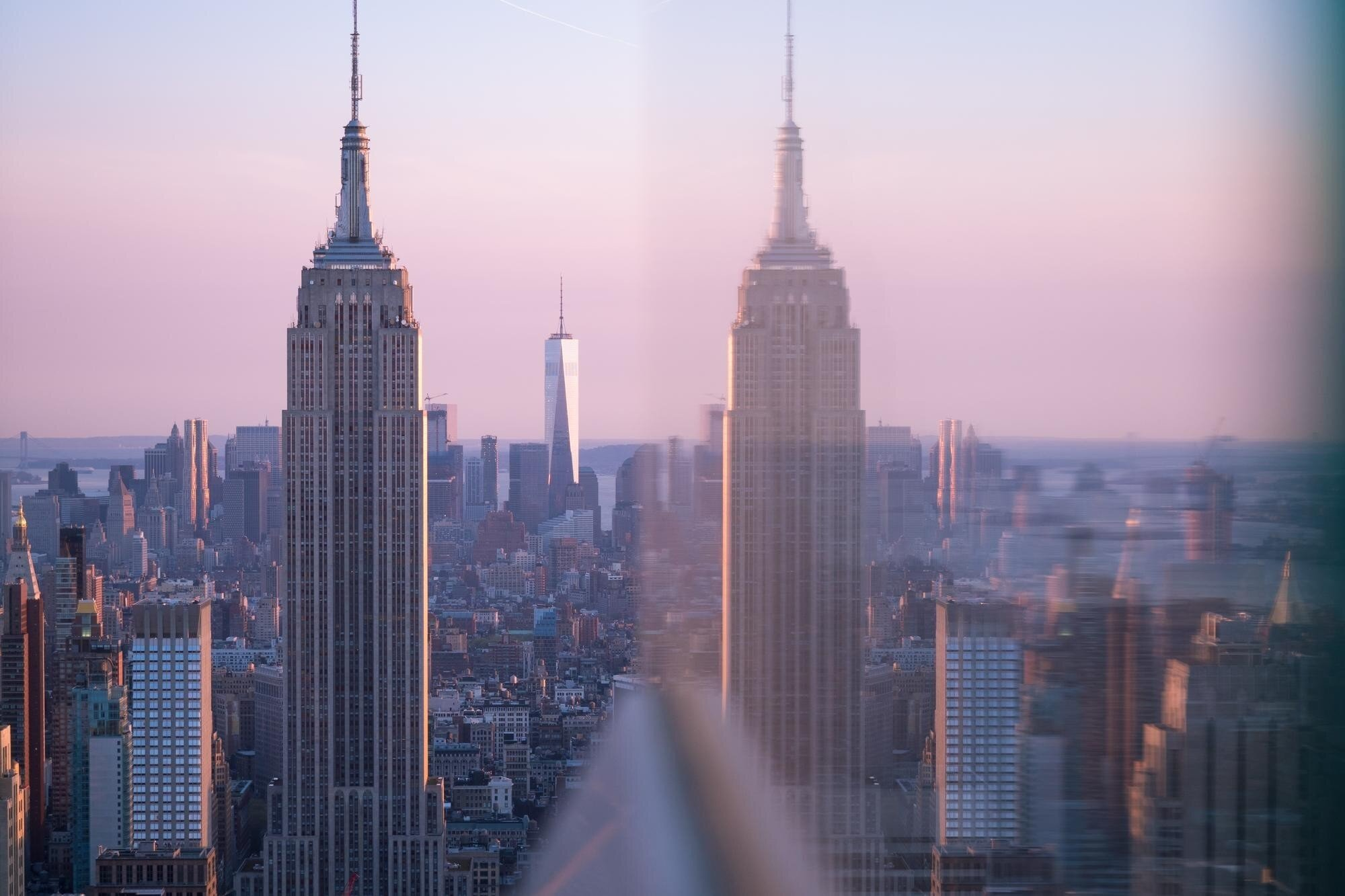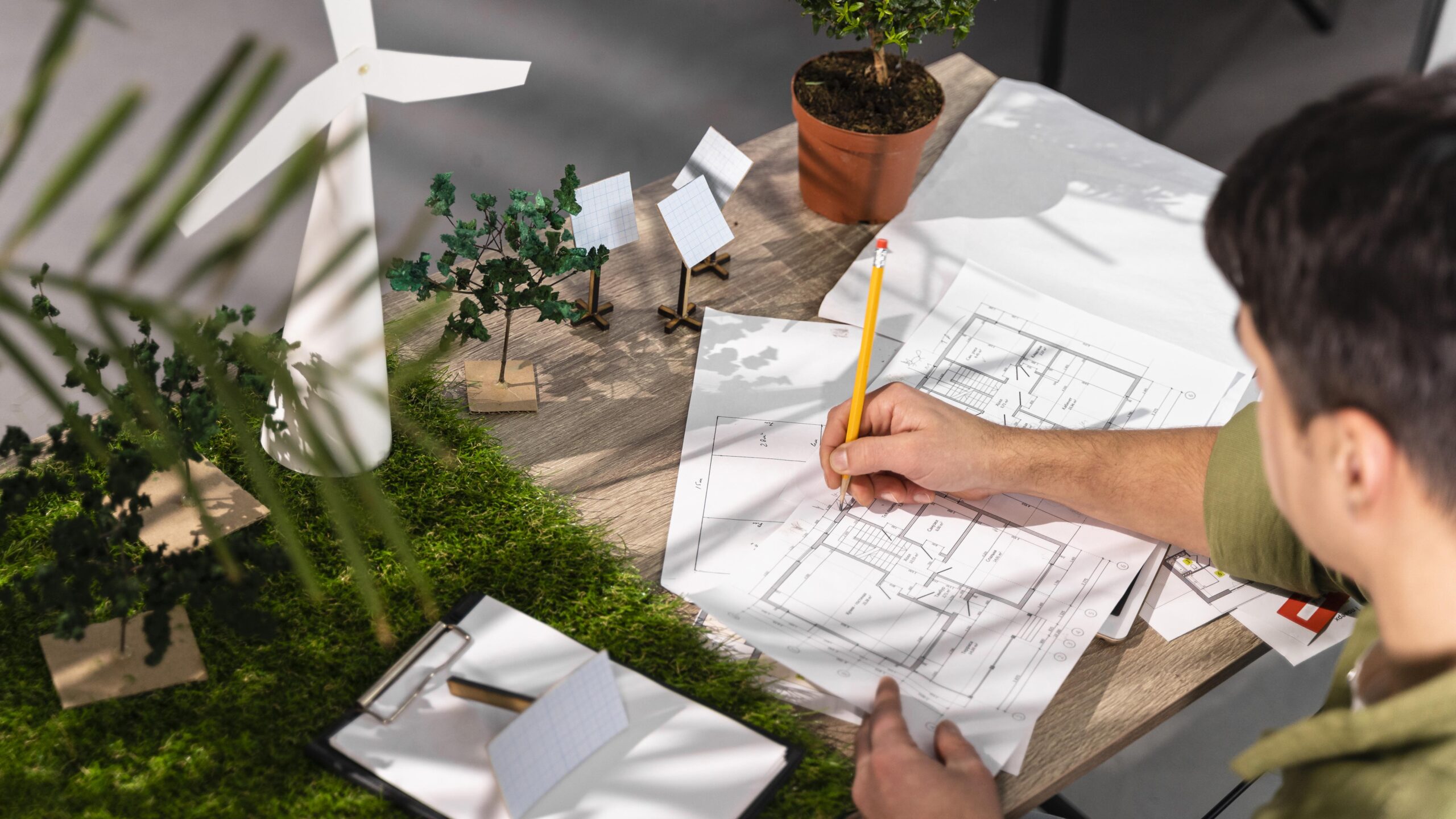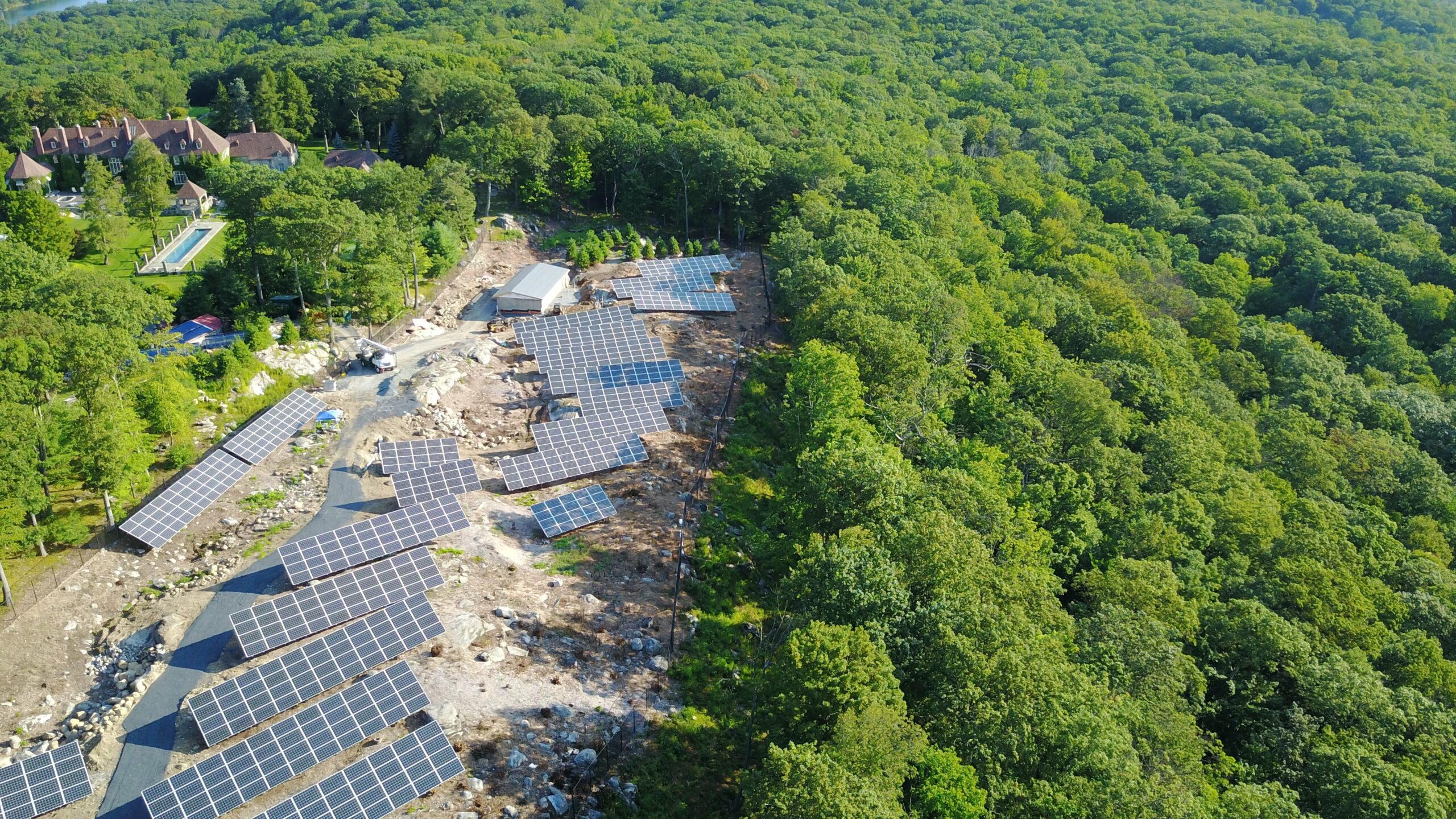At Wright Architects, we know that designing a home in Ulster County means more than selecting finishes or floorplans. It’s about crafting Hudson Valley residential architecture that respects the land, listens to its history, and adapts intelligently to the needs of modern living.
Ulster County is not just a region—it’s a living, breathing canvas of past and present. From the Catskill foothills to the rolling farmland, every inch of terrain carries a narrative shaped by centuries of culture, craftsmanship, and coexistence with nature. To build here is to contribute to that story. And for us, that means beginning every project with a deep understanding of what came before.
Our design philosophy goes beyond aesthetics. We approach each site in Ulster County as a unique ecological and cultural ecosystem. Some homes rest quietly along stone walls built in the 1800s, while others rise from forested parcels where deer paths still wind through maple groves. Rather than impose a structure, we seek to discover what the land already offers—and amplify it.
In this way, our Hudson Valley residential architecture becomes a conversation between heritage and innovation. We collaborate with clients to ensure that every window placement, roofline, and material choice serves both function and place. Whether it’s harnessing solar orientation, preserving sightlines to the Shawangunk Ridge, or using reclaimed timber from nearby barns, our design decisions stem from reverence as much as ingenuity.
Designing a home in Ulster County also demands a response to modern life. Families today need adaptable spaces that evolve—mudrooms that double as gear stations after a Catskills hike, kitchen islands that host homework and happy hours, and quiet nooks for remote work that still invite morning light. These aren’t compromises; they are opportunities to elevate daily living through thoughtful design.
We believe the most enduring architecture feels like it has always belonged. That’s why, when we talk about Hudson Valley residential architecture, we don’t just mean a style. We mean an ethos. One where stone, wood, and glass work in harmony with seasonal rhythms and centuries-old traditions. One where innovation is never louder than context. One where legacy is honored not just in preservation, but in forward-looking, sustainable living.
In Ulster County, no two parcels of land are alike—and no two clients dream the same. That’s why our process is as collaborative as it is creative. We take the time to walk properties, study viewsheds, understand zoning intricacies, and engage with artisans who know the region intimately. Because great architecture doesn’t start with a blueprint. It starts with a relationship—between place, people, and purpose.
So whether you’re restoring a farmhouse near High Falls or building anew in New Paltz, Wright Architects is here to ensure your vision becomes part of Ulster County’s evolving legacy. Thoughtfully. Authentically. Beautifully.
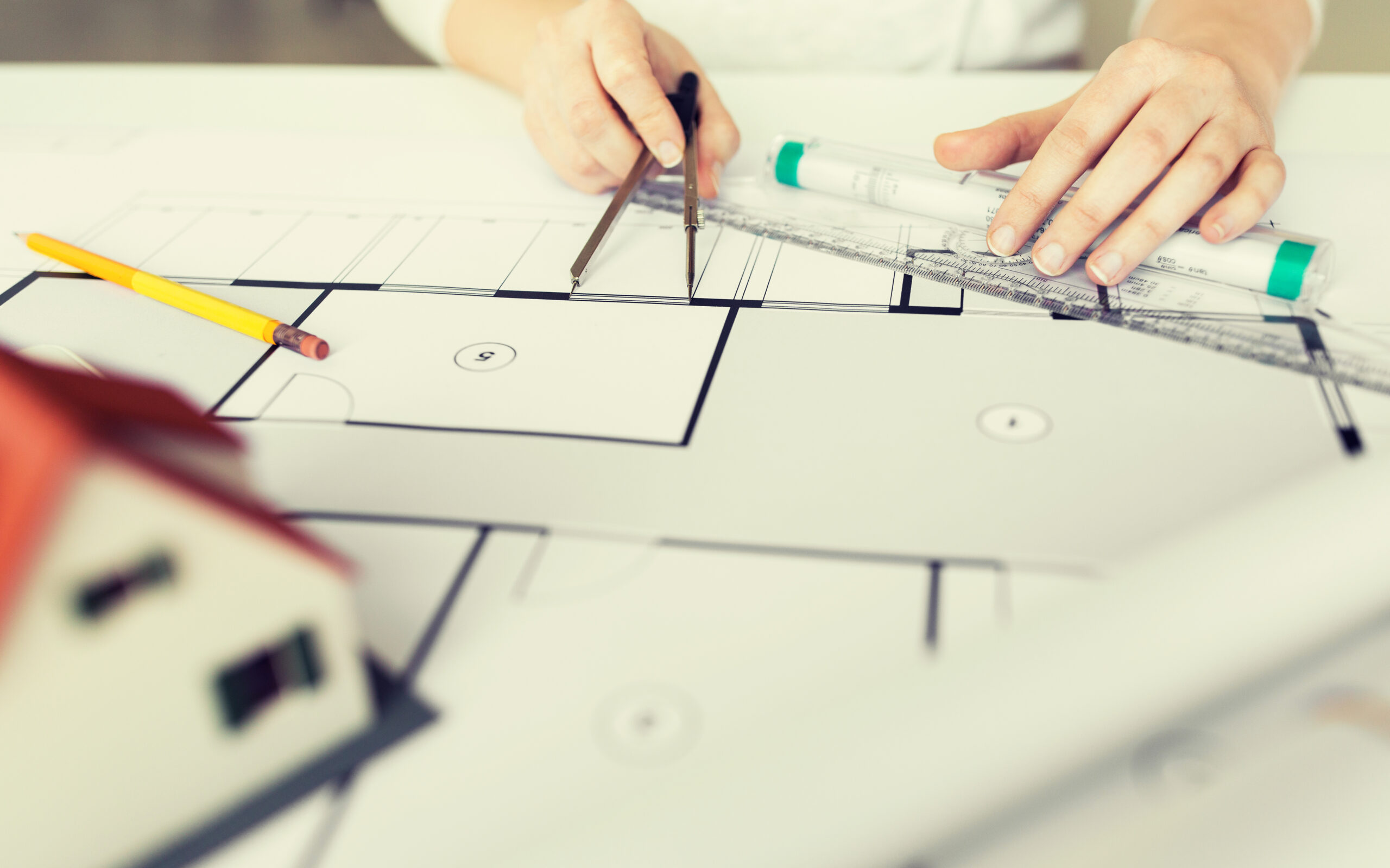
Listening to the Land
Our design philosophy begins with listening. Before any sketches are drawn, we spend time walking the property, noting how sunlight filters through trees, where the wind flows, how water drains, and what views are worth framing. This intimate understanding of the site’s natural patterns allows us to create homes that feel rooted rather than imposed.
This isn’t just a poetic gesture—it’s a cornerstone of our architectural process. In Ulster County, where environmental character is integral to community identity, every tree canopy, boulder, and contour tells a story. By reading these signals with care and intent, we align our designs with the land rather than fighting against it.
Ulster County’s topography is richly varied. Steep slopes, rock outcroppings, and forested plots are common. These are not challenges to overcome, but opportunities to innovate. We often work on parcels where the buildable area is limited, requiring careful positioning to minimize environmental impact and preserve natural features. In these situations, passive solar orientation, minimal site disturbance, and low-impact foundations become essential tools—not just for efficiency, but for harmony.
Thoughtful siting is not just about fitting within zoning setbacks or maximizing square footage. It’s about enhancing the lived experience. A cantilevered deck might hover above mossy rock, capturing morning light through eastern pines. A gently sloped green roof might nestle into a hillside, disappearing into its surroundings while providing insulation and stormwater control.
When it comes to energy-efficient house plans, our approach is both practical and poetic. We use topographic models, solar path analysis, and soil assessments to shape buildings that sit gently on the land—reducing excavation, preventing erosion, and celebrating the natural contours of the site. These tools allow us to design structures that perform exceptionally while feeling inevitable—like they were always meant to be there.
But performance doesn’t end at the envelope. Smart layout strategies ensure that homes remain temperate year-round with minimal mechanical intervention. High-performance glazing, deep overhangs, and thermally efficient envelopes work in concert with site orientation to reduce heat gain in summer and capture it in winter. The result is a living environment that is not only sustainable but deeply comfortable.
This dual commitment to ecology and livability defines our take on Hudson Valley residential architecture. It’s what makes a Wright Architects home distinct—structures that breathe with the land, shaped by science but rooted in soul.
Bridging Past and Present
Ulster County is home to some of the oldest structures in the United States, including 17th-century Dutch stone houses and historic barns that speak to the area’s agrarian past. These buildings are more than architectural artifacts—they are living evidence of resilience, ingenuity, and an enduring relationship with the land.
For us, designing here is an act of conversation—with the past, the place, and the people who will inhabit it. It’s about understanding that a home is never just a structure; it’s a chapter in an ongoing narrative of stewardship, craftsmanship, and community memory.
At Wright Architects, we frequently work on renovations and additions that integrate seamlessly with historic structures. This is both a privilege and a responsibility. Respecting original materials, proportions, and vernacular design is not simply about preservation—it’s about amplification. We aim to elevate the timeless character of these buildings while delivering modern comfort, energy performance, and livability.
For example, one of our recent projects involved adding a glass-walled living space to a restored farmhouse. The intervention preserved the historic silhouette and gabled form, while the contemporary addition opened up panoramic views to the Catskills, flooding the interior with natural light. Stone from the original foundation was repurposed into landscape retaining walls, and reclaimed beams were featured throughout the transition spaces—bridging centuries with elegance.
Every detail, from eave profiles to mortar joints, matters when working in such sensitive contexts. Our team brings deep expertise in historic typologies, helping clients make confident choices about what to preserve, what to reinterpret, and how to introduce contrast that feels intentional rather than intrusive.
Our knowledge of local zoning regulations and historical preservation guidelines ensures that we navigate the approval process smoothly. We understand which town boards require Historic Review, what documentation is needed for Certificates of Appropriateness, and how to craft proposals that honor community character while meeting client goals. This foresight often accelerates timelines and minimizes friction—an invaluable asset in a process that can otherwise feel daunting.
Through this lens, Hudson Valley residential architecture becomes more than a design pursuit. It becomes a dialogue—between stone and steel, past and future, restraint and innovation. We believe that by listening carefully to what a historic structure is telling us, we can respond with humility and creativity, resulting in homes that are not only beautiful, but meaningful.
Designing Sustainably, Building Responsibly
Sustainability isn’t a buzzword for us—it’s a baseline. We believe that every home should tread lightly on the environment and be a joy to live in. That’s why our custom home design services always prioritize smart orientation, high-performance insulation, and low-energy systems.
We’ve designed numerous homes that meet or exceed Passive House standards, and several members of our team are PHIUS Certified Passive House Consultants. In sustainable architecture in Kingston NY and beyond, we’re known for our thoughtful integration of sustainable architecture—from airtight envelopes to energy recovery ventilation systems that maintain indoor air quality.
According to the U.S. Department of Energy, buildings account for nearly 40% of U.S. energy consumption. Through our energy-efficient house plans and material choices, we reduce both operational costs and environmental impact for our clients.
We often specify local materials—from regionally harvested wood to bluestone sourced in the Catskills—not only for their beauty but for their lower embodied energy. These decisions support local economies and create a distinct sense of place.
Innovations That Respect Context
In a region known for its rustic charm and historical architecture, innovation must be thoughtful. Here in Ulster County, where stone foundations and hand-hewn beams still tell stories of early settlers, it’s not enough to introduce new technology—it must be done with intention, context, and care.
Our work is rooted in tradition but not bound by it. We believe that progress and preservation are not mutually exclusive. In fact, they can—and should—enhance one another. That’s why our design ethos embraces the latest advancements in building science and green technologies, paired with a deep respect for regional vernacular and environmental stewardship.
We often incorporate custom digital fabrication, high-performance materials, and low-carbon systems to deliver homes that are as smart as they are sensitive. Every innovation is considered through the lens of how it will live within the landscape—and how it will serve the people who call it home.
Take, for instance, a hillside home in Woodstock where we integrated a green roof system to reduce stormwater runoff and improve thermal performance. The vegetated roof not only blends seamlessly into the topography but also supports pollinators and mitigates heat island effect—creating a symbiosis between architecture and ecology.
Or consider a net-zero retreat near Accord that operates entirely off the grid. It uses ground-source heat pumps, triple-glazed windows, and solar photovoltaics to create a self-sustaining, low-impact residence that meets rigorous energy goals without sacrificing comfort or beauty. These homes are not just shelters—they are statements about what’s possible when modern design meets environmental ethics.
Even our design process has evolved to support this forward-thinking approach. We use BIM (Building Information Modeling) tools that allow clients to walk through immersive 3D models of their future home. They can visualize how sunlight moves across a dining room table in January, explore different material palettes in real-time, or assess how traffic flows between kitchen and mudroom before a single nail is hammered.
This level of clarity enhances collaboration and reduces surprises. It empowers homeowners to make informed choices early—saving time, minimizing waste, and ensuring the finished space aligns precisely with their vision and values.
At Wright Architects, technology is not a gimmick—it’s a tool for deeper connection. By pairing cutting-edge design methods with our core commitment to place-based architecture, we ensure that every home we create is not only of its time but timeless in spirit.
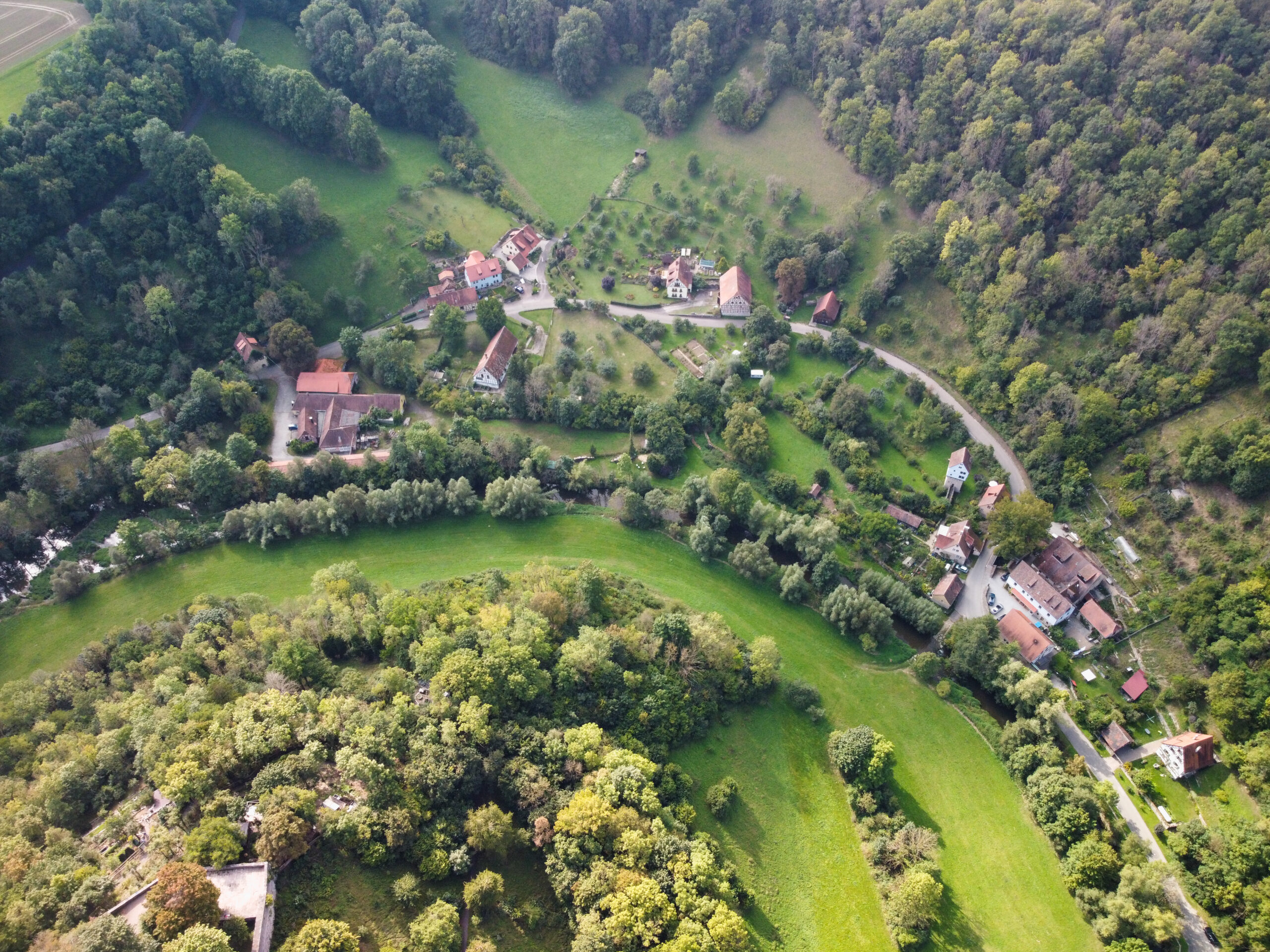
Living in Harmony With the Seasons
The Hudson Valley has four distinct seasons, and each one brings its own beauty—and its own architectural challenges. From crisp autumns and snow-laden winters to humid summers and vibrant springs, the region’s dramatic seasonal shifts shape not only how people live, but how we design their homes to support that lifestyle.
Our goal is to create residences that respond intelligently to this climate—spaces that feel in sync with nature rather than at odds with it. Heavy snow loads, high summer humidity, freeze-thaw cycles, and shifting daylight all influence our strategies, from siting to material selection to detailing.
Our energy-efficient house plans are crafted with both resilience and elegance in mind. We employ robust insulation strategies that maintain consistent interior temperatures, regardless of external conditions. Walls and roofs are detailed to eliminate thermal bridging—those unseen paths where energy leaks through the building envelope—thereby preventing heat loss and condensation.
Deep roof overhangs are designed to block high-angle summer sun while still allowing low-angle winter sunlight to enter, maximizing passive solar gain. In colder months, this solar heat is supplemented by radiant floor heating systems that provide an even, quiet warmth from the ground up—no noisy vents, no drafts, just a deep sense of comfort.
In summer, our homes stay cool using passive design principles rather than mechanical reliance. Through strategic window placement, we encourage cross-ventilation and harness the stack effect, allowing warm air to rise and escape while cooler air is drawn in. Thoughtfully placed shading devices—from pergolas to tree canopies—further reduce heat gain.
Many of our clients are surprised at how comfortable their homes feel year-round with minimal use of air conditioning. That comfort isn’t a happy accident—it’s the result of careful, climate-responsive design grounded in decades of experience and local knowledge.
By designing with the seasons instead of against them, we not only improve comfort and reduce energy consumption, we deepen the home’s connection to place. Sunrises become rituals, summer breezes welcome guests through screened porches, and winter light warms kitchen counters just where it’s needed.
This sensitivity to seasonality is part of what defines Hudson Valley residential architecture at its best—responsive, rooted, and refined. At Wright Architects, we embrace the rhythms of nature, ensuring that every home we create enhances the life lived within it, no matter the time of year.
Community, Permits, and Process
Designing in Ulster County means understanding not just the land but the people and processes. The architectural journey doesn’t end with a concept sketch—it weaves through zoning codes, environmental reviews, community input, and often, historic preservation protocols. At Wright Architects, we take pride in being more than designers; we are trusted navigators of the local landscape, both natural and bureaucratic.
Our team maintains strong relationships with local building departments, planning boards, and conservation groups throughout the region. These relationships aren’t transactional—they are built on years of collaboration, transparency, and shared commitment to responsible development. As a result, we can anticipate regulatory hurdles, engage key stakeholders early, and craft proposals that resonate with both officials and neighbors.
**Every town has its own permitting nuances—**whether it’s a steep slope ordinance in New Paltz or scenic overlay zones near the Ashokan Reservoir. We stay current on these evolving guidelines and integrate them seamlessly into our planning. This reduces the risk of delays and ensures that your project proceeds with confidence from day one.
Our process often begins with feasibility studies—a crucial step that sets the tone for the entire project. We walk the land with you, evaluating physical constraints such as soil conditions, solar exposure, drainage, and access. But we also look beyond the site to consider regulatory frameworks, neighborhood character, and future flexibility.
From there, we tailor a process that aligns with your goals, timeline, and budget. Whether you’re building a new primary residence, restoring a historic structure, or developing a weekend retreat, we provide a roadmap that is transparent, actionable, and responsive. Each phase—from conceptual design and code analysis to documentation and permit submissions—is managed with rigor and empathy.
What sets us apart is not only our design acumen but our ability to manage complexity with ease. We believe that great architecture is as much about stewardship and service as it is about form and function. By guiding our clients through each decision, each review, and each approval, we turn what can be an overwhelming process into one of clarity and momentum.
In Ulster County, where natural beauty and civic standards intersect, thoughtful design requires fluency in both the poetic and the procedural. At Wright Architects, we bring that fluency to every project—ensuring that your vision is not only realized, but respected by the land and the laws that shape it.
How We Collaborate
Our design process is collaborative, transparent, and responsive. At Wright Architects, we believe that remarkable homes don’t just emerge from creativity—they come to life through mutual trust, deep listening, and meaningful dialogue. Architecture, for us, is a co-creation. Whether we’re designing a modern home architect Hudson Valley or restoring a stone cottage in Ulster Park, our approach is consistent: listen deeply, design thoughtfully, and build responsibly.
Collaboration begins with the client, but it doesn’t end there. We foster close working relationships with builders, engineers, and tradespeople who share our values—craftspeople who understand the importance of detail, sustainability, and continuity. This network of trusted professionals ensures that our drawings translate accurately into built form, and that the execution upholds the same level of care, precision, and intention as the design.
What sets our collaboration model apart is its integrative nature. Rather than treating design and construction as siloed phases, we treat them as interdependent conversations. This allows us to solve problems before they arise, respond nimbly to site conditions, and make decisions that reflect both vision and practicality.
For clients seeking a more unified approach, we also offer design-build partnerships when appropriate. These partnerships streamline communication and ensure quality from concept to completion. By bringing architecture and construction under a single umbrella, we reduce the chances of misalignment, cost overruns, and delays. More importantly, we create a seamless experience for the homeowner—one rooted in trust and clarity.
In every project, large or small, urban or rural, our clients become integral members of the design team. We guide them with expertise, but also with humility—recognizing that the best ideas often emerge through dialogue. Through regular check-ins, interactive model reviews, and open lines of communication, we ensure that every step forward is a shared decision.
What Makes Us Different
We’re not just architects—we’re stewards of place. Our practice blends art and science, history and innovation. We draw inspiration from the land, the light, and the lives our designs will support.
As a modern home architect Hudson Valley, we’re proud to offer fully custom home design services tailored to your needs, your land, and your vision. We don’t rely on templates or cookie-cutter plans. Every project starts with a blank page and a conversation.
Whether you’re dreaming of a new build, a renovation, or a retreat for weekends and summers, we’re here to help you realize what’s possible.
Thinking about your own project? Let’s talk.
Have a site you’re considering? We’d love to see it.
Reach out to us if you’re ready to explore what’s possible on your land.
Learn more about our Hudson Valley residential architecture, our custom home design services, our work in sustainable architecture in Kingston NY, our energy-efficient house plans, and what it means to work with a modern home architect Hudson Valley.
For more on sustainable design principles, explore ArchDaily’s resources and insights from the U.S. Department of Energy. To understand more about the region’s trends, Hudson Valley Magazine is a great place to start.

